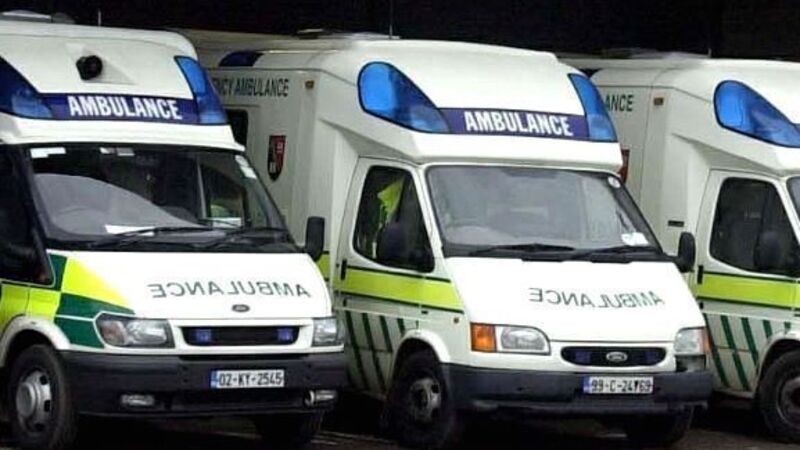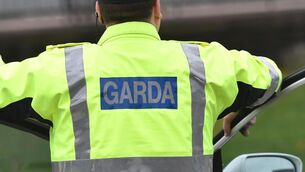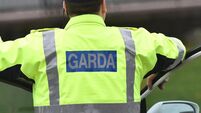Inquiry into HSE failure to meet life-saving ambulance target times

The Health Information Quality Authority confirmed the move to the Irish Examiner after serious concern was raised over the ongoing delays by patients and frontline staff yesterday.
Speaking on RTÉ’s Morning Ireland show yesterday, National Ambulance Service Representative Association chairman Michael Dixon claimed changes in the ambulance system are cutting resources and putting lives at risk.
The frontline representative said paramedics “don’t have the resources — we don’t have the vehicles or the personnel” to meet targets designed to save patients’ lives.
Mr Dixon said he understood why patients are angry with ambulance crews when they turn up late to potentially serious incidents. However, he said a lack of resources is putting frontline crews in an untenable situation, noting that while Northern Ireland and Scotland have one paramedic each for every 1,500 people paramedics here are more than twice as stretched.
The concern, which was backed by patients affected by the issue, was rejected by HSE national ambulance service director Martin Dunne. The senior official said the move towards “first-responder vehicles” instead of ambulances; a centralised national call centre; and roster changes are vital to ensuring patients are “stabilised as quickly as possible”.
However, despite the defence, HIQA has confirmed it is now planning to re-examine the situation in the coming months due to ongoing concern over whether the ambulance service is adequately resourced to meet demand.
This investigation is expected to focus on a long-term disagreement between the HSE and HIQA over the targets meant to be reached by the system, and the impact frontline changes are having on reaching these standards. Under HIQA’s national guidelines, 95% of ambulance called out to life-threatening incidents must reach the affected patients within 18 minutes and 59 seconds.
However, the HSE’s own guidelines (which should be based on HIQA policy) state the target is 80%. Despite the reduction, current compliance rates are in the low 70s.
The sudden return of ambulance delays to the headlines comes after a spate of incidents over Christmas where acutely ill people were left waiting on the side of roads for help.
Wayne McQuillan, who died after being knifed on New Year’s Eve, had to be taken to hospital in a garda car after an ambulance took 25 minutes to arrive, despite eight 999 calls.
The 30-year-old, from Rathmullen Park in Drogheda, Co Louth was rushed to the nearby Our Lady of Lourdes Hospital but died.
A day earlier, on Dec 30, 70-year-old Maura Porter died in Inishowen, Co Donegal after being hit by a car. She was taken to Altnagelvin in Co Derry after a HSE ambulance took 50 minutes to arrive from Letterkenny General — 60km away.
Her son Brendan, who was with his mother as she lay dying on the side of the road, said: “As a family we have no question mum would have had a chance of survival if an ambulance had got her to hospital quicker. All that valuable time was wasted when surgeons could have been battling to save mum.”
Fiachra Ó Cionnaith













